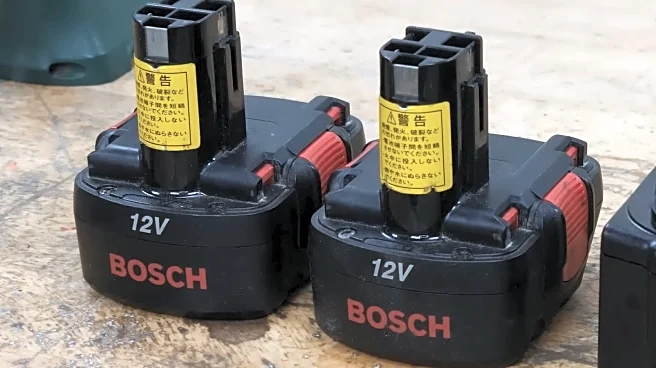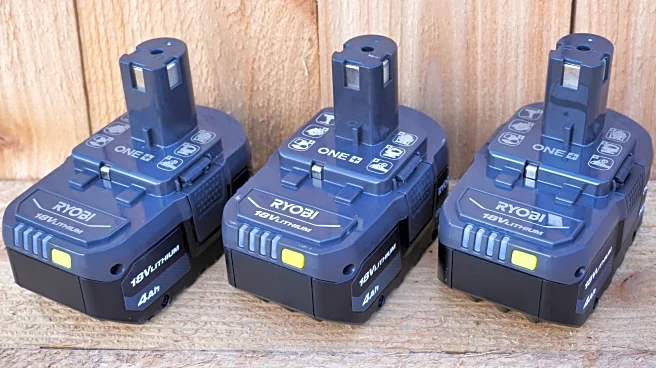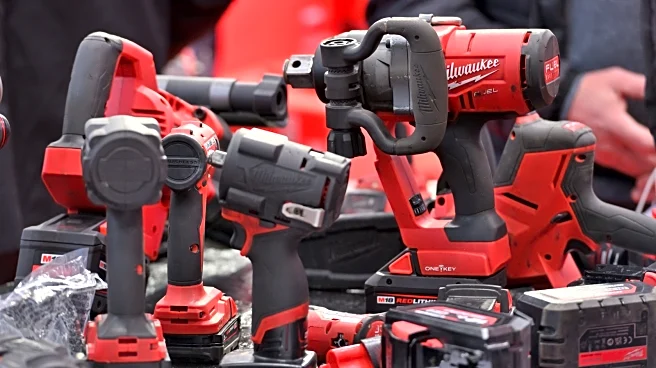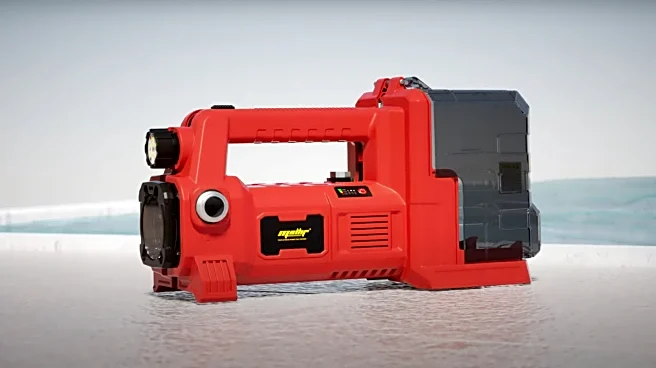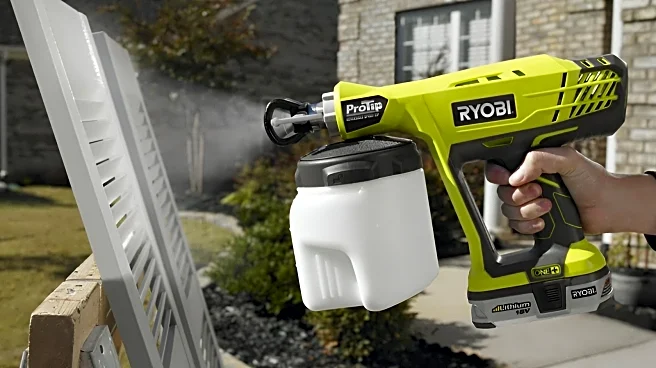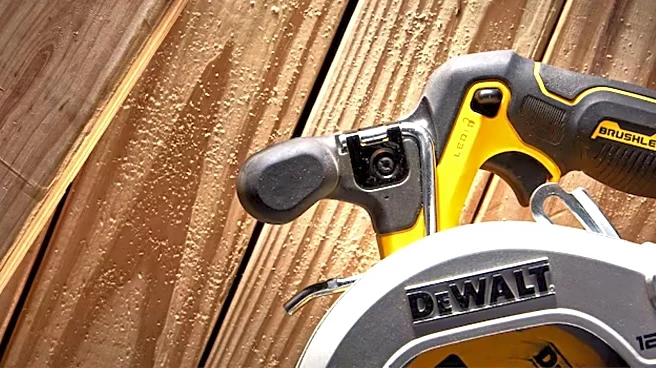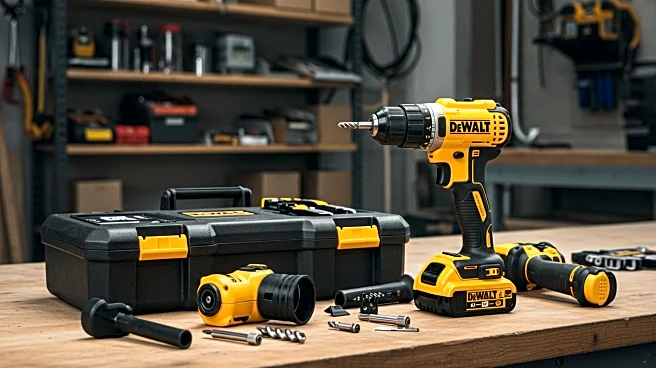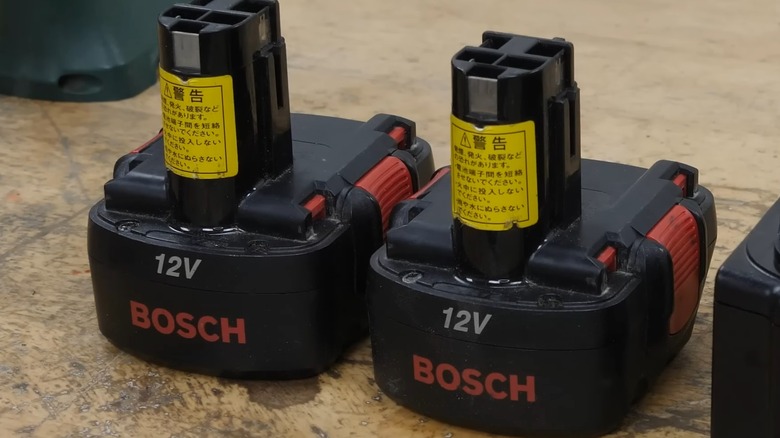
We live in an era where battery-operated power tools are more prevalent than ever. In fact, many brands have adopted this technology at the cost of retiring many of their corded options. Therefore, to be a modern tool-user, it's crucial to understand how these tools work as well as the ins and outs of their batteries. It's worth knowing what size you need, which brands are compatible with which brands, what a higher Ah means on a power tool battery, and more. It's also important to be able to tell
when something is wrong with your batteries and what could be causing these odd behaviors.
For instance, there's a phenomenon in power tool batteries that has been observed for several decades and has been dubbed "the memory effect." This involves a battery's charging capacity decreasing over time as a result of being partially discharged to a similar level multiple times. Thus, the battery reaches a point where it acts like it's only partially charged, even when it's fully charged. Unfortunately, for the user, this level of phantom energy isn't usable. This voltage drop doesn't necessarily make a battery unusable, but it is a very clear indicator that something is wrong with the unit and the way it has previously been used. Memory effect is undoubtedly something to be concerned about when using power tool batteries. That is, assuming your batteries are actually susceptible to it.
Read more: Every Major Cordless Impact Wrench Brand Ranked Worst To Best
How Big Of A Concern Is The Memory Effect?
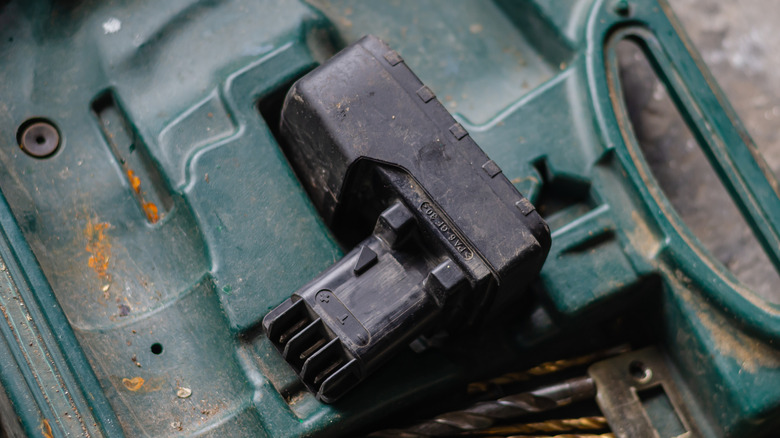
Speaking strictly to the phenomenon's definition, memory effect isn't something to be taken lightly. It taking hold can dramatically shorten the lifespan of a power tool battery, forcing you to recharge or outright replace it sooner than usual. With that said, in the modern tool landscape, the memory effect isn't actually that big of a concern. These days, the majority of power tool batteries available are of the lithium-ion variety. These batteries generally aren't capable of developing the memory effect. NMC, NCA, and LCO lithium-ion cell types in particular are resistant to it, though LFP cells could end up with it in some situations, like if they're of poor quality or stored incorrectly.
Meanwhile, there's another, far less common type of power tool battery that is entirely likely to develop the memory effect. Before lithium-ion became the standard in the tool world, nickel-cadmium batteries ran the roost, and they were in danger of falling to memory effect. It would occur when crystals formed on the cadmium cathode due to undischarged battery cell elements, which would dramatically reduce conductivity. A drop in voltage would occur, making it clear to the user that something was amiss internally. There may be some problems and disadvantages to lithium-based batteries, but at least the memory effect is far from a prevalent issue. Though they've become increasingly rare, nickel-cadmium tool batteries still exist. To avoid the memory effect, you should treat the ones you may have accordingly.
How To Prevent And Counteract The Memory Effect
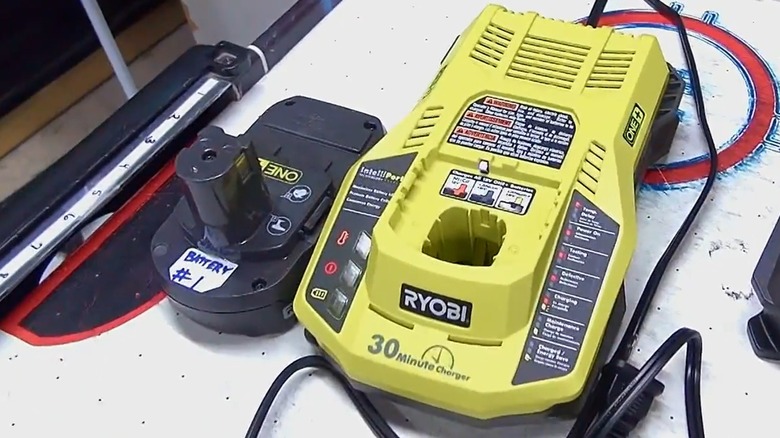
If you're worried your remaining nickel-cadmium batteries could experience the memory effect, there are some things to do to prevent it from taking hold. The most obvious is to ensure they are fully discharged on a routine basis. This way, there isn't any buildup within the cells that can lead to the memory effect. Also, once you're done using the battery, it's wise to give it time to cool down before putting it back onto the charger. On top of this, you don't want to overcharge a nickel-cadmium battery, so if you can get ahold of one, a smart charger that doesn't go overboard is recommended.
If you didn't get a chance to implement these tips and have a battery displaying signs of the memory effect, you're not out of luck. The most effective solution to the memory effect is engaging the battery in a deep discharge cycle. This can be accomplished with the use of a designated battery charger/discharger. Once the battery is drained, it can be recharged with a charger of your choice, be it a slower trickle charger or a speedier rapid one. This process may need to be repeated if the memory effect has become severe.
The memory effect might not be the most prevalent issue in the modern tool battery landscape, but it could still rear its ugly head. It's important to know what it looks like and how to respond to its presence for the sake of your batteries. After all, people make enough mistakes with their power tool batteries, so don't let the memory effect ruin yours.
Want the latest in tech and auto trends? Subscribe to our free newsletter for the latest headlines, expert guides, and how-to tips, one email at a time.
Read the original article on SlashGear.
